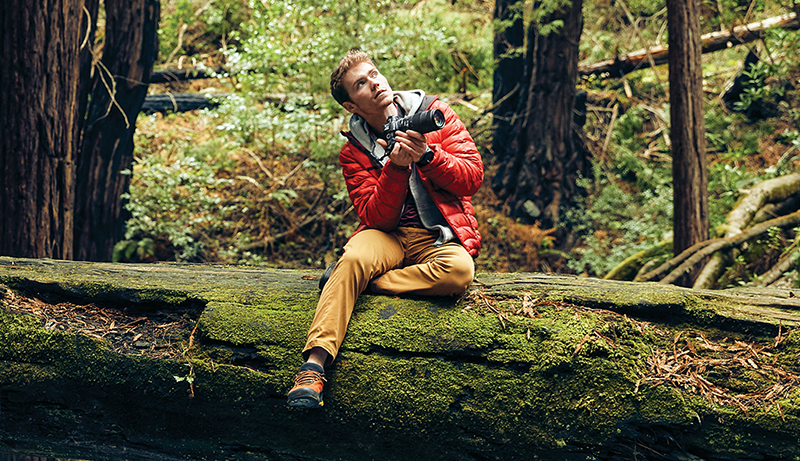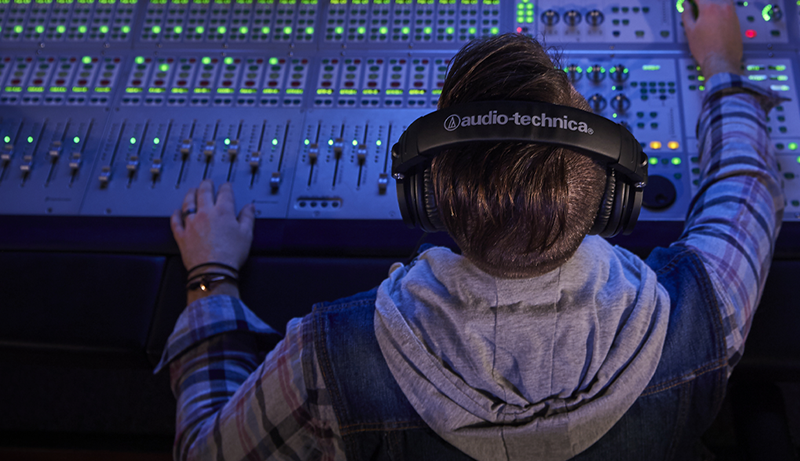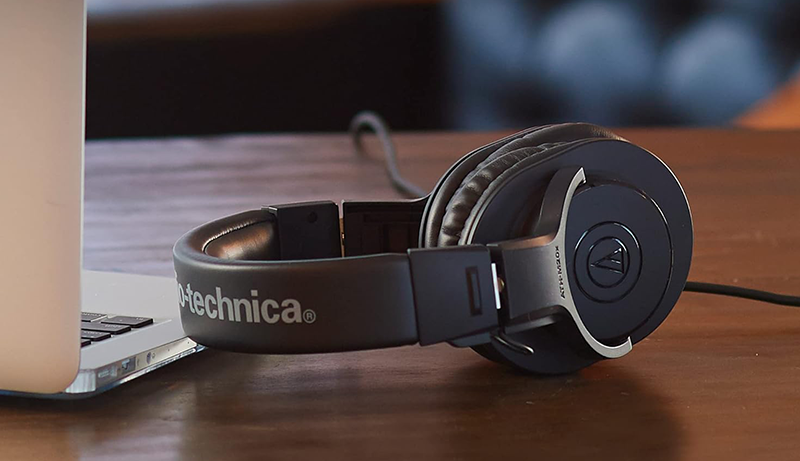Are you on the hunt for the best budget-friendly portrait camera that delivers stunning results without breaking the bank?
You’re in luck! There are plenty of great options available for photographers on a budget.
Before we dive into our top picks, let’s clarify what a portrait camera is. These cameras are specifically designed for capturing portraits, featuring fast lenses and large sensors that allow for beautifully blurred backgrounds.
For those eager to capture striking portraits without spending a fortune, we’ve curated a list of the best budget portrait cameras on the market today.
Don’t let their affordable prices fool you—these cameras are loaded with features and deliver professional-quality photos at a fraction of the cost.
Whether you’re just starting out or looking to upgrade your gear, these cameras are perfect for any budget-conscious photographer.
1. Canon EOS RP

The Canon EOS RP is an excellent entry point into Canon’s mirrorless system, offering a mix of performance-oriented features that make it a fantastic choice for portrait photographers.
Equipped with a 26.2 MP CMOS sensor, touch and drag autofocus, and compatibility with all RF and EF/EF-S lenses, the EOS RP delivers consistently stunning shots. Its creative assist system further enhances your ability to explore and achieve artistic freedom.
What truly sets the EOS RP apart for portrait photography is its extensive range of autofocus modes, including eye detection AF and face+tracking priority AF. These features ensure that your portraits are filled with detail, vibrant color, and brightness. Combined with the camera’s outstanding low-light performance, you can capture amazing portraits in any lighting condition.
The EOS RP also features a vari-angle touchscreen display, which works exceptionally well for both stills and video—though video is limited to Full HD resolution. The Dual Pixel CMOS AF is impressively fast, making this camera a well-rounded option for those seeking a balance between image quality, portability, and performance.
Pros:
- Great value
- Fully articulating screen
- Lightweight and portable
- RF mount compatible
- Excellent portrait quality
- Dual Pixel CMOS AF with multiple modes
- Superb low-light performance
Cons:
- 1.6x crop and no Dual Pixel AF when shooting in 4K
- Average battery life
2. Panasonic LUMIX GH6

The latest addition to Panasonic’s legendary series, the LUMIX GH6, is a powerful, reliable, and versatile camera that pushes the boundaries of what’s possible. With higher resolution, increased bit rates, effective image stabilization, and numerous substantial upgrades, it delivers pro-level quality while remaining exceptionally user-friendly.
The GH6 surpasses or matches the G9 in several key areas, including a higher pixel count, handheld high-resolution mode, an updated menu system, and advanced LCD functionality.
Although the GH6 is primarily designed for video, differing from the G9, the comparison here focuses on its photography capabilities. Notably, its handheld high-resolution mode can function as a 100MP camera, delivering image quality comparable to that of the Sony A7R4.
Pros:
- Budget-friendly
- Rugged design
- 5-axis Image Stabilization
- No time limit on video recording
- Built-in electronic viewfinder
- 4K video recording
Cons:
- 1.10x crop on 4K videos
- Poor low-light performance
3. Nikon Z 5

If you’re looking for a great value camera, the Nikon Z5 might be exactly what you need. This affordable, entry-level camera delivers fantastic performance and smart features, including a beginner-friendly mode dial, elegant design, and VR image stabilization for capturing 4K video.
The Nikon Z5 is equipped with a 24MP full-frame sensor that delivers the outstanding image quality you’d expect from a Z series camera. Paired with a sophisticated Zeiss lens, it produces images with remarkable clarity and detail.
For portrait photography, the Z5 features a 273-point autofocus system that excels at focusing near the edges, detecting and tracking eyes, and following subjects with impressive accuracy.
The built-in creative features, including time-lapse, multiple exposures, and focus shift photography, provide the creative control typically found in professional cameras.
The Z5 also offers dual SD slots and seamless connectivity with your desktop or smartphone via WiFi, making it easy to share your portraits with just a single click. At its price point, it’s hard to find a better option.
Pros:
- Great value for money
- Sharp and clear image quality with rich tones
- Robust build
- Multiple connectivity options
- Easy to use
- Precise autofocus
- 5-axis image stabilization system
- Dual SD slots
Cons:
- Underwhelming 4.5 FPS burst speed
- 1.7x crop on 4K videos
4. Nikon D780

If you’re looking to capture the highest quality portraits on a budget, the Nikon D780 is an outstanding choice. This high-resolution camera is perfect for photographers who demand unparalleled detail, exceptional dynamic range, and crystal-clear clarity in their images.
The Nikon D780 excels in capturing everything from fast-paced action to stunning time-lapse sequences and beautiful 4K videos. Despite its rugged and agile design, this successor to the D750 delivers even more powerful performance.
With a 51-point autofocus system borrowed from Nikon’s flagship D5, the D780 offers exceptional accuracy and persistence. As the first Nikon DSLR with focal-plane phase-detection AF, it provides broad 273-point coverage and eye-detection AF, significantly enhancing live-view shooting.
Pros:
- Excellent dynamic range
- Capable of shooting 8K time-lapse videos
- Brilliant low-light performance
- High-precision autofocus
- 7 FPS shooting speed, up to 9 FPS with grip
- 4K full-frame video
- Large viewfinder
- Long-lasting battery life
Cons:
- Bulky
- Expensive
5. Sony ZV-1

The Sony ZV-1 is a top-notch point-and-shoot camera, perfect for capturing stunning portraits. It offers all the essential features you’d expect from a high-quality point-and-shoot, along with additional perks that make it an excellent choice for anyone looking to snap great portraits without breaking the bank.
The ZV-1 is equipped with a 20.1MP Exmor RS CMOS sensor and a Vario-Sonnar T lens, ensuring impressive image quality even in low light conditions. What sets this camera apart is its design, tailored specifically for vlogging, but with features that are also ideal for portrait photography.
For portrait enthusiasts, the ZV-1 offers real-time eye autofocus, natural color production, and a variety of creative styles to choose from. It also excels in video, capturing 1080p at 60 frames per second, delivering high frame rates.
Additionally, the ZV-1 features a side flip-out 3-inch LCD screen that tilts up and down, making it easy to compose selfie shots and frame your portraits perfectly.
Pros:
- Compact size
- Excellent image stabilization
- Best-in-class fast hybrid autofocus
- Natural color production
- Great performance in low light
- Flip-out LCD screen for self-portraits
Cons:
- Sub-par battery life
- Video stabilization could be better
- No front-facing touch controls
How to Choose the Best Budget Portrait Camera
Choosing the right camera for your portrait photography can be overwhelming, especially with all the technical terms and features to consider. What’s the difference between mirrorless and point-and-shoot cameras? How do you evaluate a lens? How many megapixels do you really need? And what about ISO (light sensitivity)?
This guide will help you navigate these terms and make an informed decision when buying your next camera.
Camera Type
Once you’ve decided to focus on portrait photography, the next step is choosing the type of camera that best suits your needs.
DSLR
DSLRs are popular for a reason—they offer extensive control over exposure and composition. Though they’re larger than other options like mirrorless cameras, they provide better dynamic range because of their larger sensors, which capture more light. This means less blur when shooting handheld, especially with fast-moving subjects, compared to compact system cameras or smartphones.
Mirrorless
Mirrorless cameras have smaller bodies than DSLRs since they lack the internal mirror that reflects light onto the sensor. They still offer interchangeable lenses with various focal lengths, making them versatile for different photography styles. If you’re looking for a camera that’s compact, lightweight, and capable of capturing high-quality photos and videos quickly, a mirrorless model might be the right choice.
Point-and-Shoot
If you’re a beginner or looking for a more basic, affordable option, a point-and-shoot camera might be perfect. These cameras are smaller, lighter, and very easy to use. They’re ideal for those not yet ready to invest the time and money into learning a more complex camera system. Plus, there’s no need for extra lenses or film.
Key Features to Consider
Megapixels
Megapixels measure the number of pixels in an image sensor. A higher megapixel count generally means better image quality, as each pixel can gather more light. For detailed portrait photography, look for cameras with at least 20MP.
Image Stabilization
Good image stabilization is crucial, especially when shooting in low light or using high ISO settings. This feature helps reduce the effects of shaky hands, ensuring clear, sharp images even during long exposures.
Focal Length
Focal length influences your field of view and depth-of-field control. Longer focal lengths provide a wider field of view and more control over depth of field, while shorter focal lengths are useful for close-ups and portraits.
Sensor Type and Size
The size of the sensor in your camera plays a significant role in how much light it can capture and the level of detail in your photos. Larger sensors generally offer better image quality but come at a higher cost. A full-frame sensor, which is the largest available in consumer cameras, provides the best image quality. APS-C sensors are slightly smaller and found in many digital SLRs and mirrorless cameras, while Micro Four Thirds sensors are smaller still, often used in some mirrorless models.
Shooting Rate (FPS)
If capturing fast action is important to you, consider the camera’s burst shooting rate, measured in frames per second (FPS). Some DSLRs and point-and-shoot cameras offer burst rates up to 10 fps, with even higher rates available in professional cameras.
By understanding these key factors, you can find the best budget portrait camera that meets your needs and helps you capture stunning images.
Conclusion
If you’re a professional photographer focused on portrait photography, we recommend investing in a camera specifically designed for this purpose, such as a DSLR or a mirrorless model. Look for a camera with a large sensor, a fast lens, excellent autofocus, and a tilt-and-swivel screen for added flexibility.
For beginners, a standard camera can still be a great choice, but make sure it comes with a lens that has a wide aperture to achieve those beautiful, blurred backgrounds.
Ultimately, the best portrait camera is the one that works best for you. There’s no definitive way to know what’s good or bad until you try it, so don’t hesitate to test out different options. And remember, if a camera meets your needs, the price shouldn’t be a dealbreaker—invest in what will help you achieve your photography goals!
We hope this article has been helpful. Let us know in the comments below which camera you think is the best for portrait photography!




